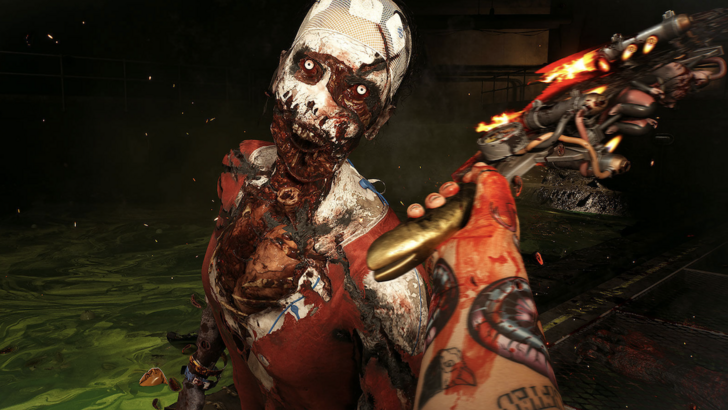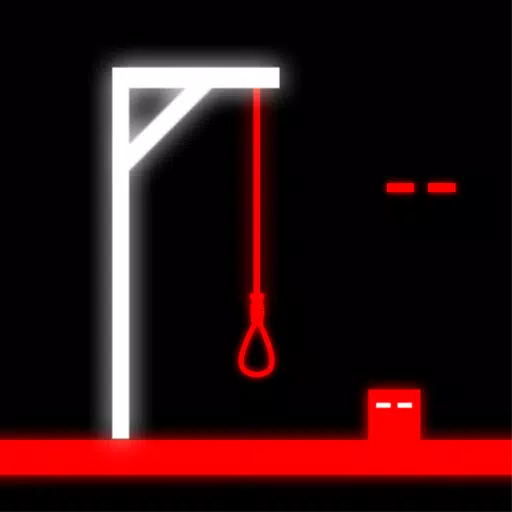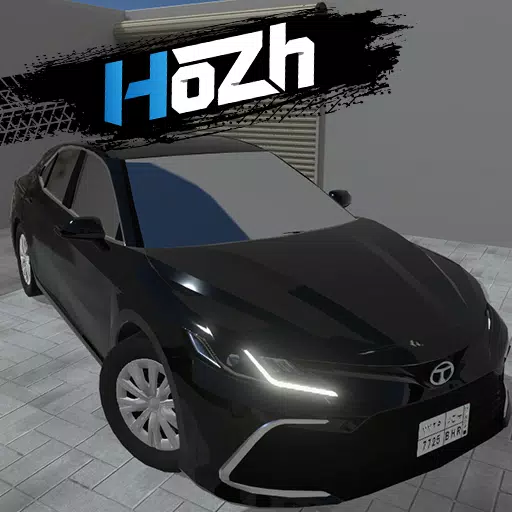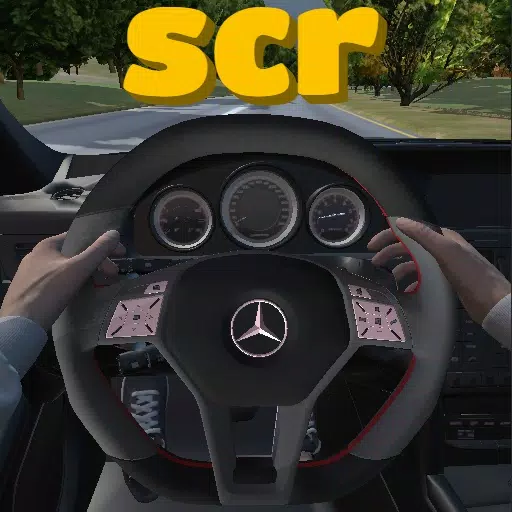The AMD Radeon RX 9070 enters the graphics card market at a curious juncture, directly challenging Nvidia's recently launched GeForce RTX 5070. Priced at $549, the RX 9070 not only competes head-to-head with Nvidia's offering but also emerges as a strong contender in the 1440p gaming segment.
However, AMD's pricing strategy presents a dilemma. The Radeon RX 9070 is just $50 less than the superior Radeon RX 9070 XT, which offers about 8% better performance for a mere 9% price increase. This small price gap makes it tempting to opt for the XT model, despite the RX 9070's compelling value proposition against Nvidia's RTX 5070.
Purchasing Guide
The AMD Radeon RX 9070 will be available starting March 6, with a base price of $549. Given the close pricing to the RX 9070 XT, it's advisable to purchase the RX 9070 as close to the starting price as possible to maximize value.
AMD Radeon RX 9070 – Photos
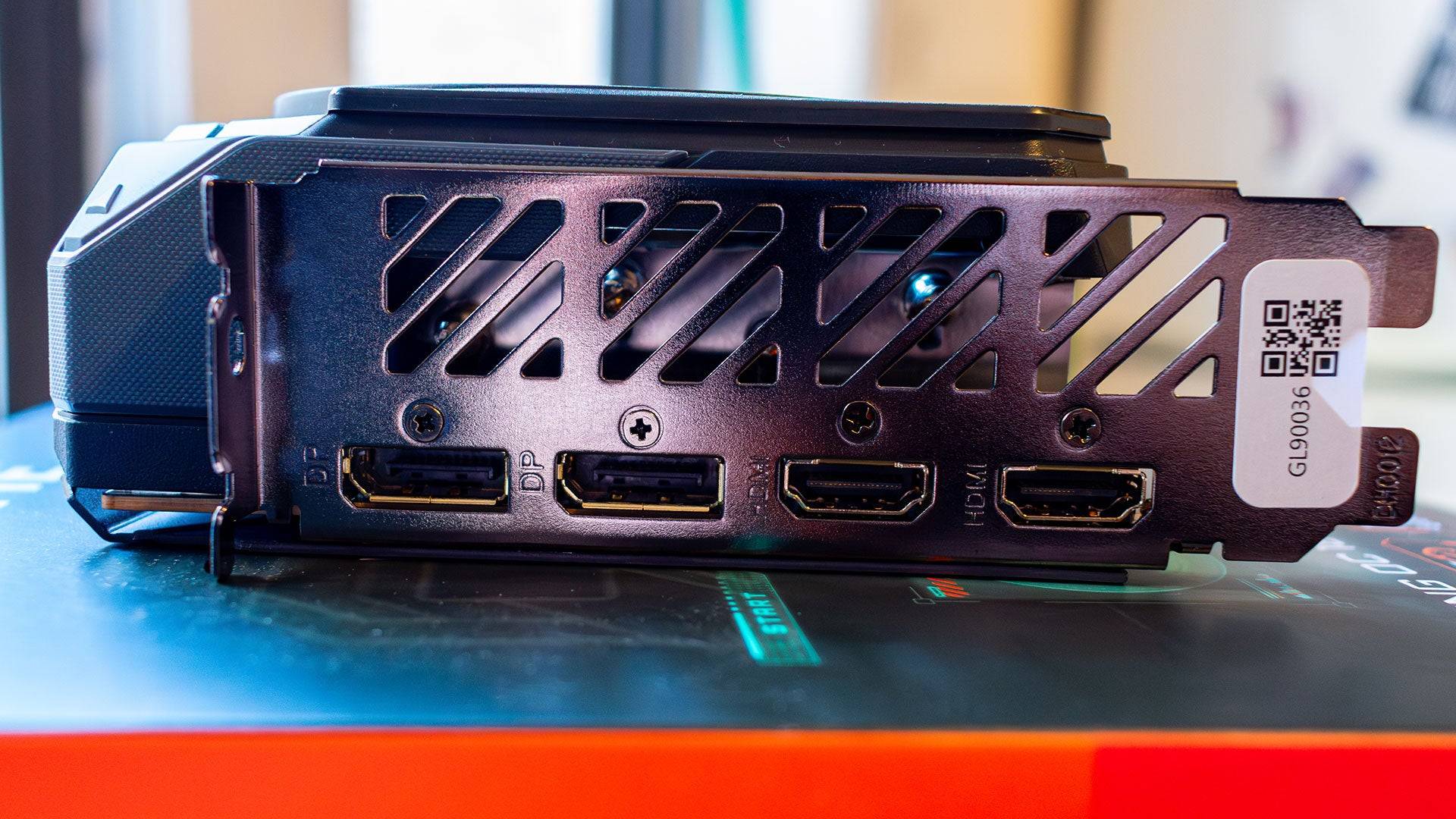
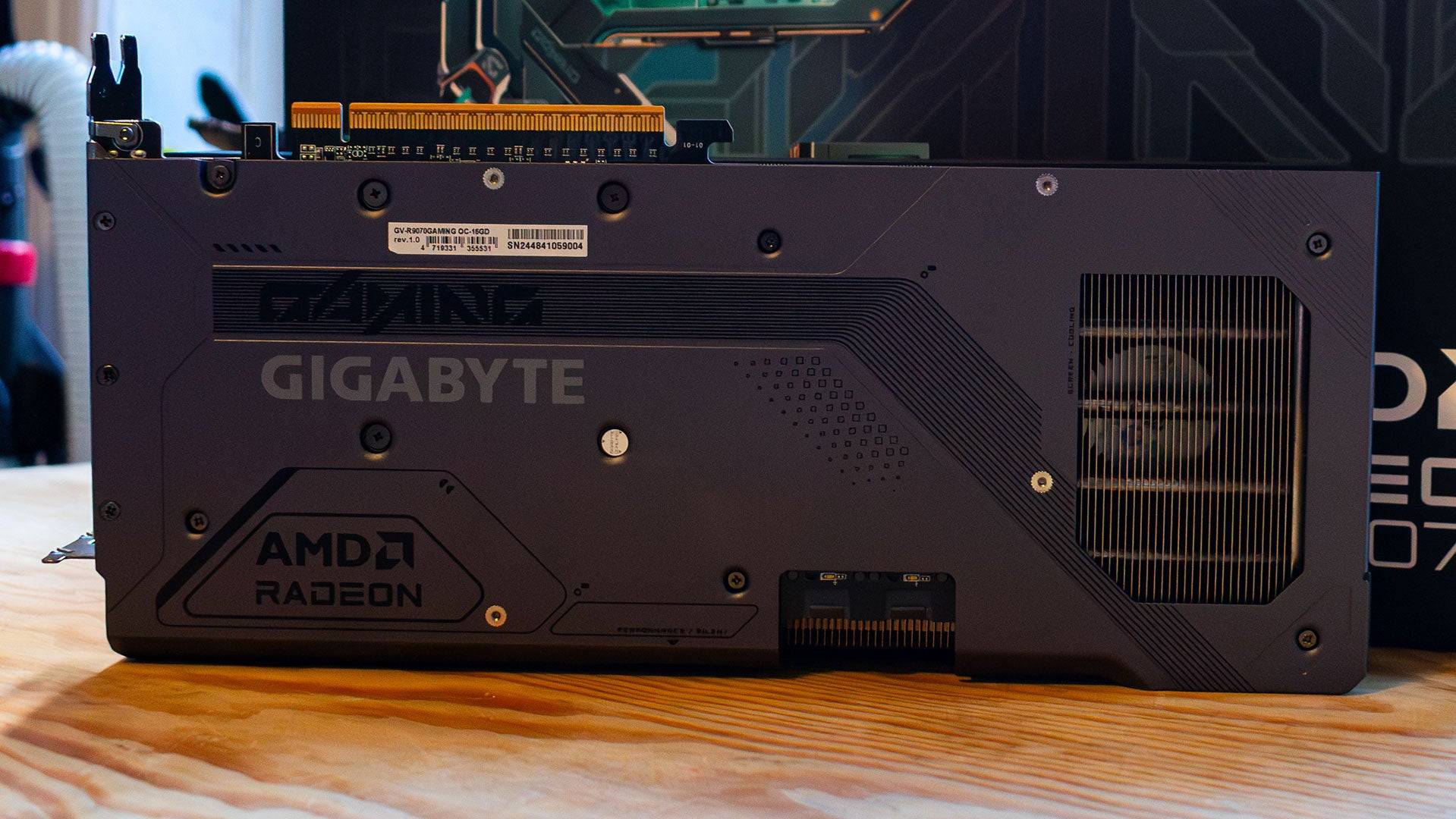 4 Images
4 Images
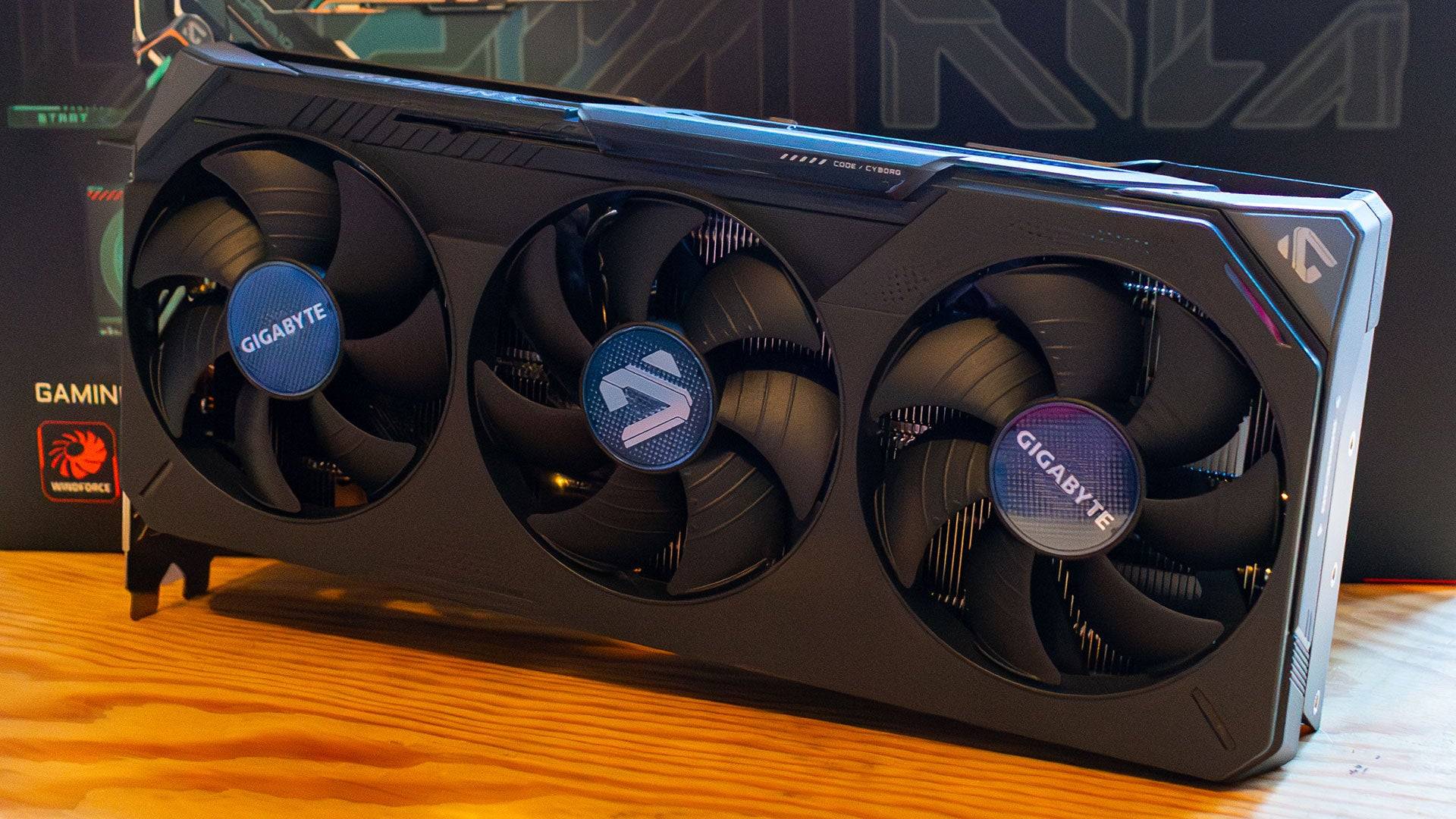
Specs and Features
Built on the innovative RDNA 4 architecture, the RX 9070 mirrors the RX 9070 XT's technological prowess, delivering significant performance enhancements. It boasts 56 Compute Units, totaling 3,584 shaders, along with 56 Ray Accelerators and 112 AI Accelerators. These advancements significantly boost the card's ray tracing capabilities and introduce AMD's FidelityFX Super Resolution (FSR) 4, marking the debut of AI upscaling on AMD GPUs.
The RX 9070 comes equipped with 16GB of GDDR6 VRAM on a 256-bit bus, a configuration similar to the RX 7900 GRE, ensuring robust performance for 1440p gaming. While the absence of GDDR7 might be a missed opportunity, it helps keep the card's price competitive. AMD suggests a 550W power supply for the RX 9070, which has a power budget of 220W, though my tests showed a peak consumption of 249W, recommending a 600W PSU for safety.
Without a reference design, all RX 9070 models will be produced by third-party manufacturers. My review unit was the Gigabyte Radeon RX 9070 Gaming OC 16G, a triple-slot card with a slight factory overclock.

FSR4
Since the advent of DLSS, AI upscaling has revolutionized gaming performance and image quality. With FSR 4, AMD enters this arena, leveraging AI to upscale lower resolution images to native resolutions. Although FSR 4 introduces a slight performance hit compared to FSR 3, the improvement in image quality is notable. In games like Call of Duty: Black Ops 6 and Monster Hunter Wilds, the trade-off between FSR 3 and FSR 4 allows users to choose between higher frame rates or enhanced visuals based on their gaming preferences.
AMD Radeon RX 9070 XT & 9070 – Benchmarks
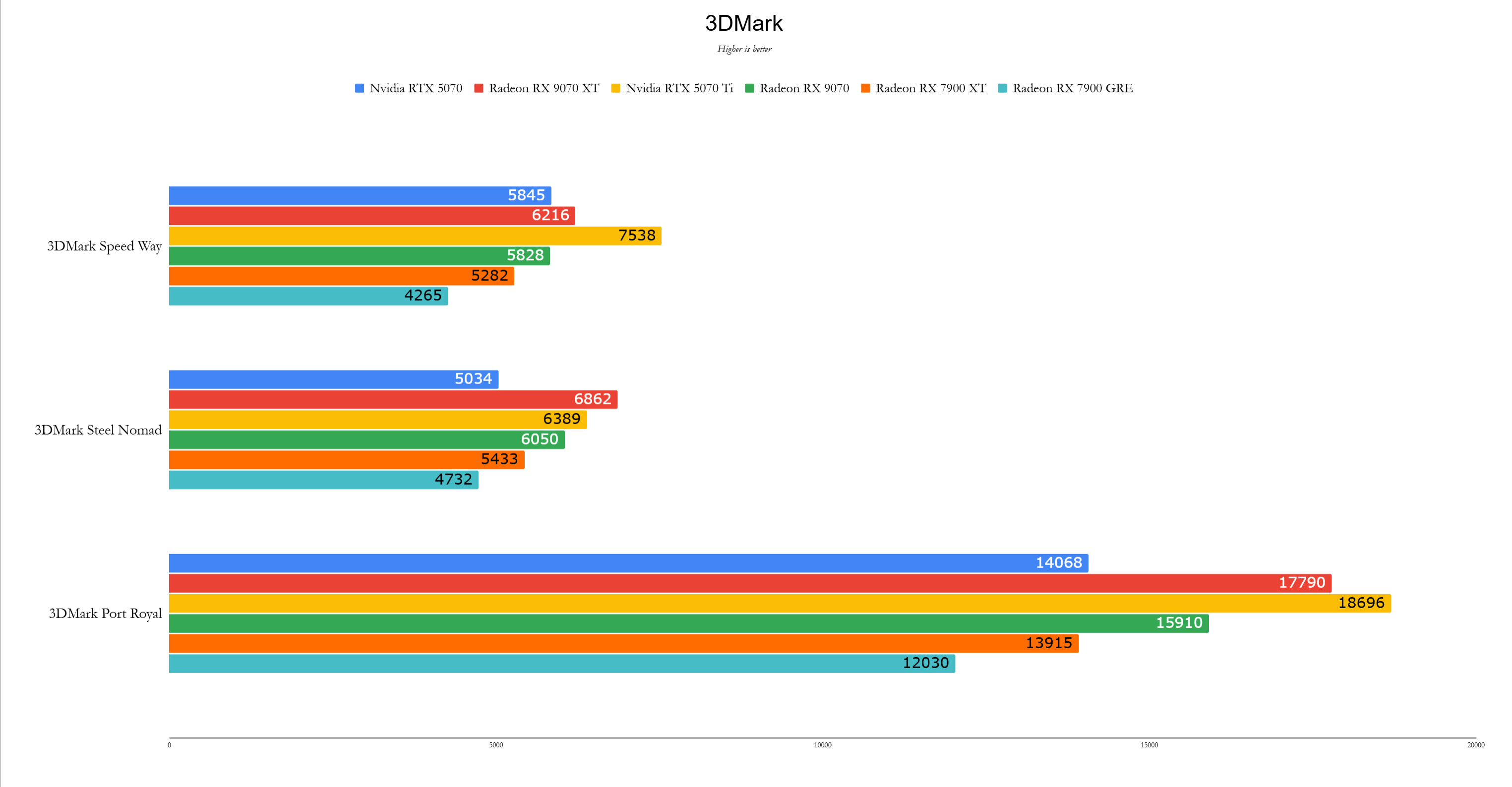
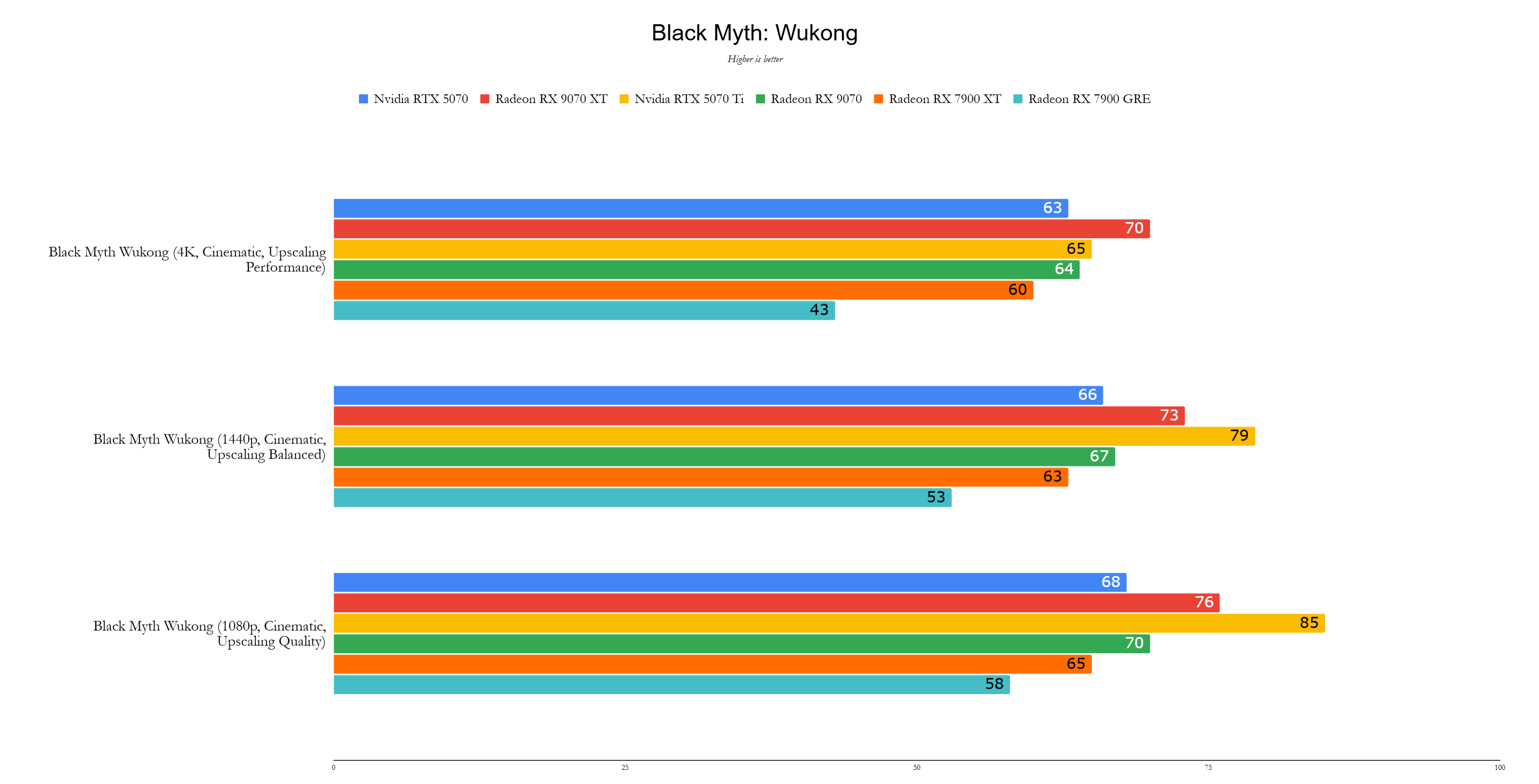 11 Images
11 Images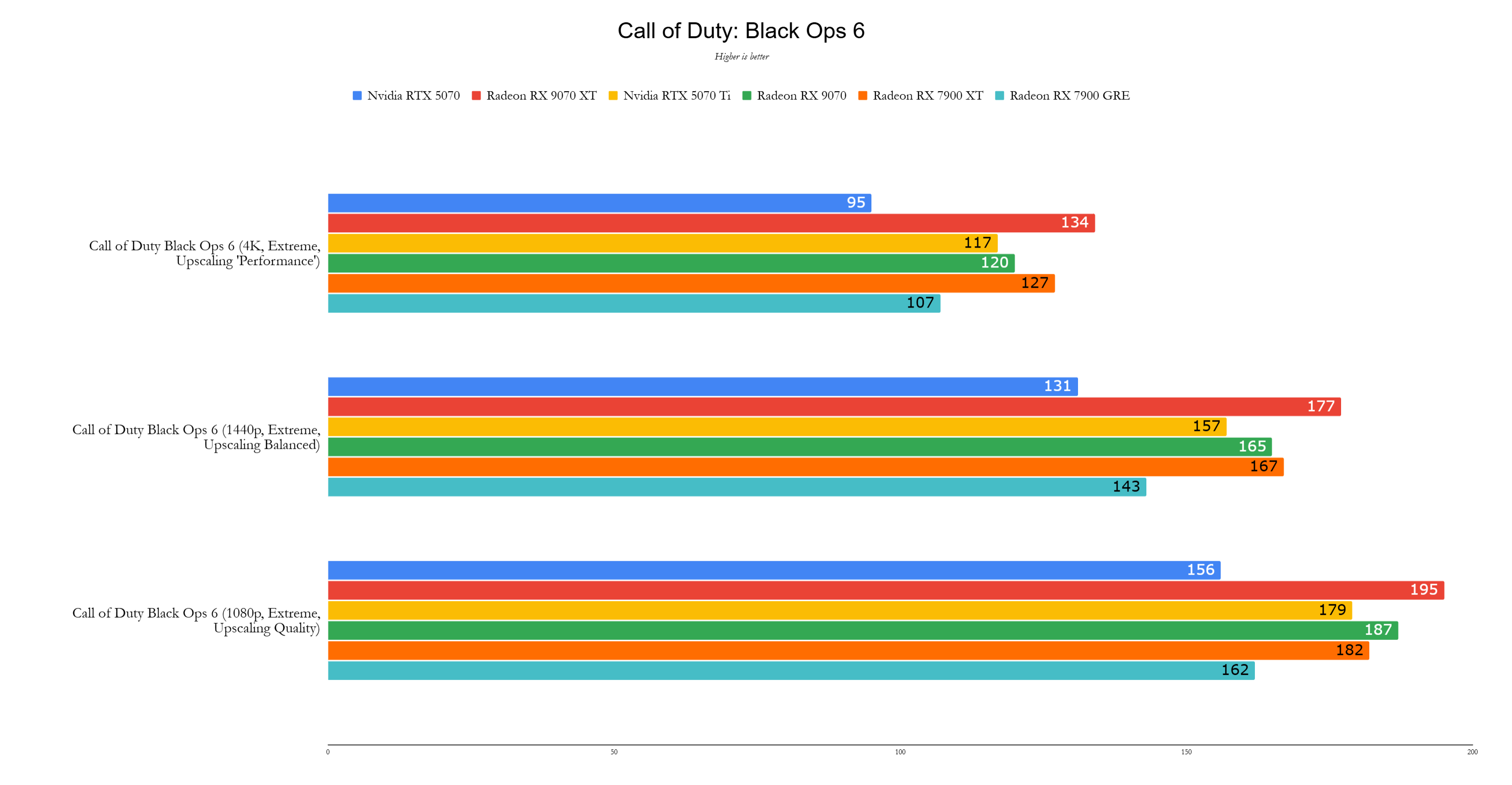
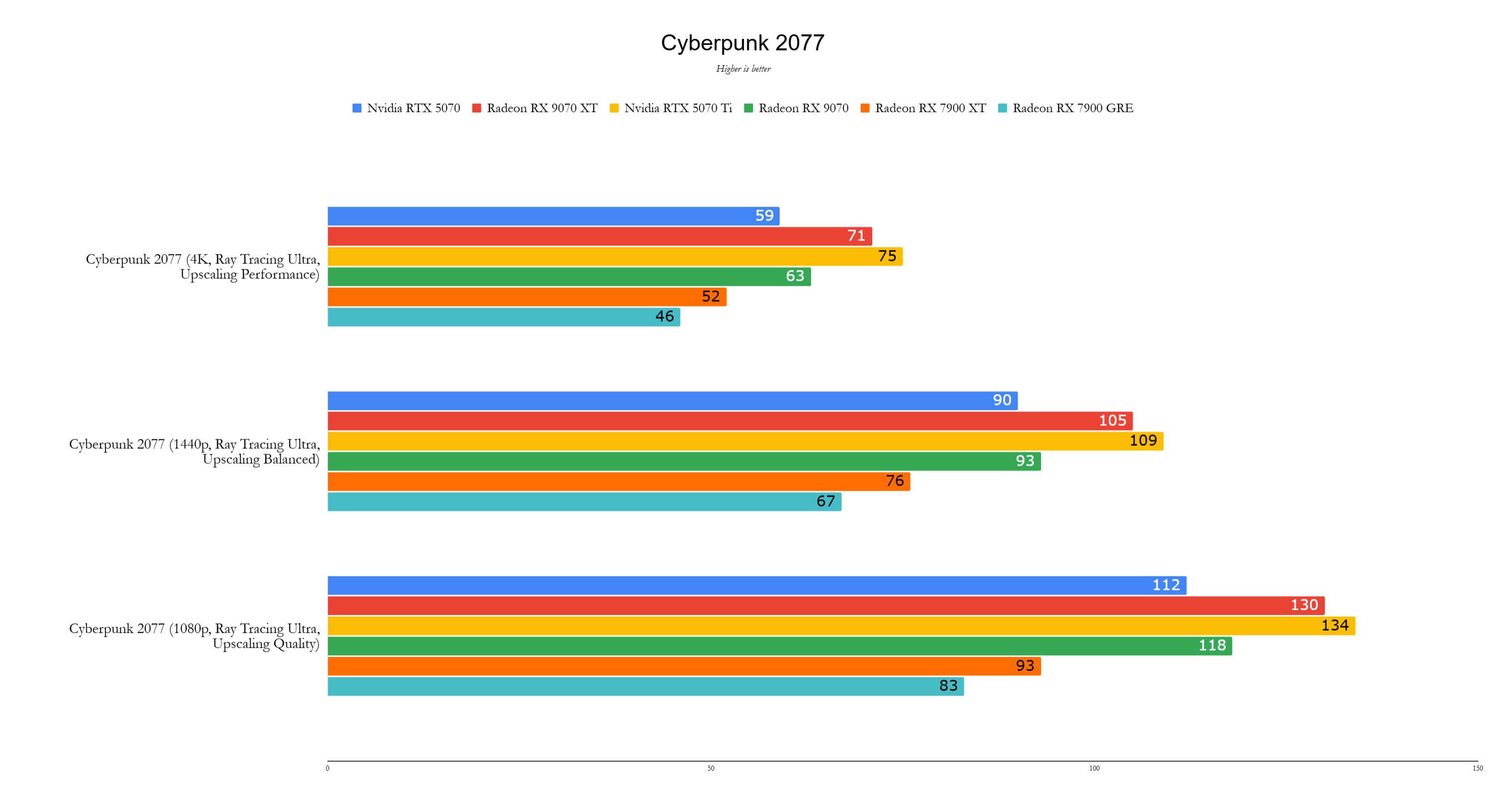

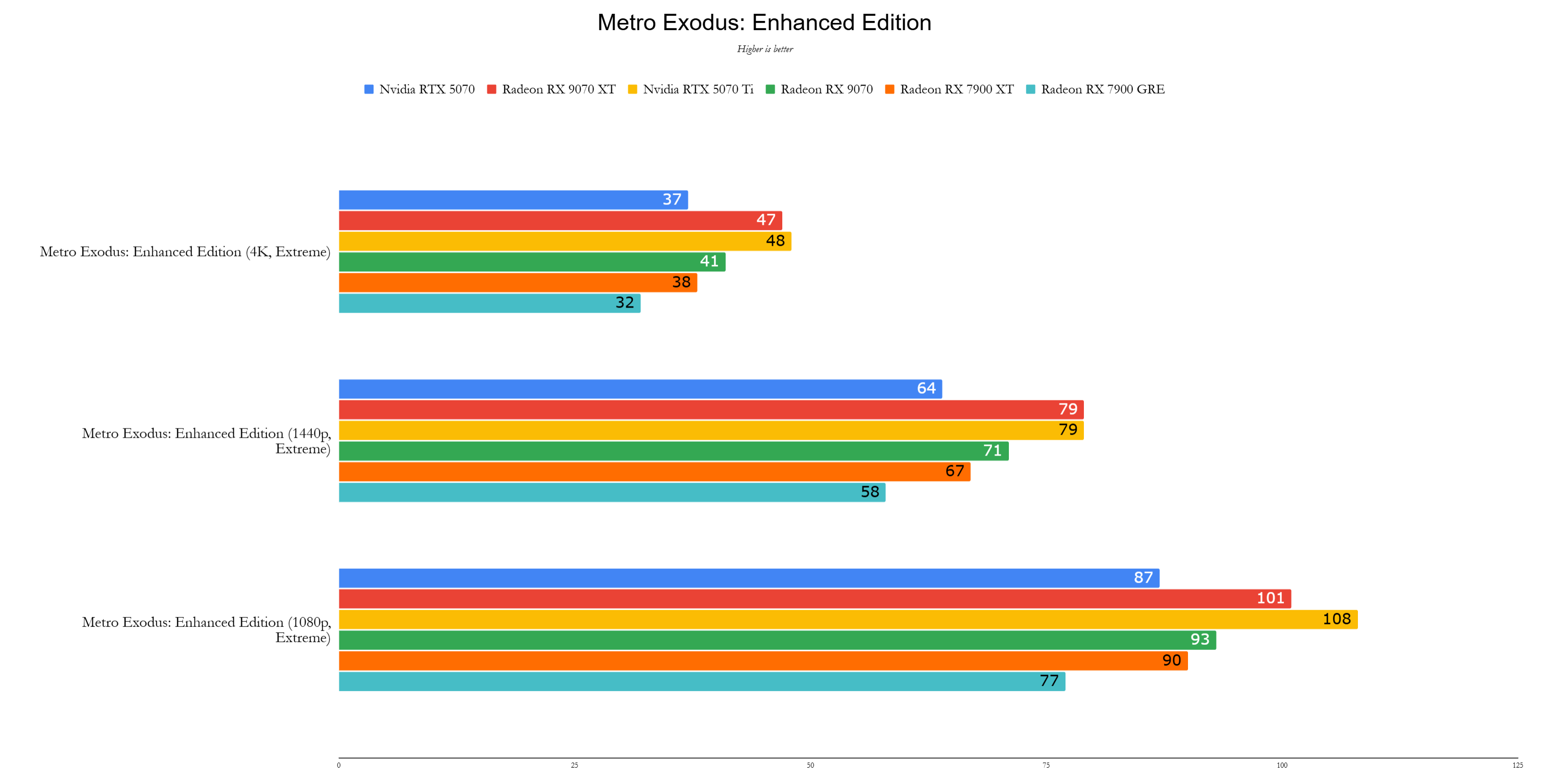
Performance
At its $549 price point, the RX 9070 outperforms the RTX 5070 by an average of 12% at 1440p, showcasing a 22% improvement over its predecessor, the RX 7900 GRE. This leap in performance is even more impressive considering the RX 9070 has 30% fewer cores than the RX 7900 GRE.
The factory overclocked Gigabyte Radeon RX 9070 Gaming OC I tested boasts a boost clock of 2,700MHz, suggesting a performance increase of about 4-5%. All testing was conducted using the latest public drivers available at the time of writing.
In 3DMark benchmarks, the RX 9070 holds its own against the RTX 5070, especially in tests without ray tracing. Real-world gaming tests further underscore its prowess, with notable performance leads in titles like Call of Duty: Black Ops 6, Cyberpunk 2077, Metro Exodus, Red Dead Redemption 2, and others.
Test System CPU: AMD Ryzen 7 9800X3D Motherboard: Asus ROG Crosshair X870E Hero RAM: 32GB G.Skill Trident Z5 Neo @ 6,000MHz SSD: 4TB Samsung 990 Pro CPU Cooler: Asus ROG Ryujin III 360
The RX 9070's strong performance across various games, combined with its 16GB of VRAM, positions it as a future-proof choice compared to the RTX 5070. Even if the performance difference were negligible, the RX 9070's higher VRAM capacity would still make it the better long-term investment. With its compelling performance and value, the AMD Radeon RX 9070 is a standout choice in the competitive mid-range graphics card market.





